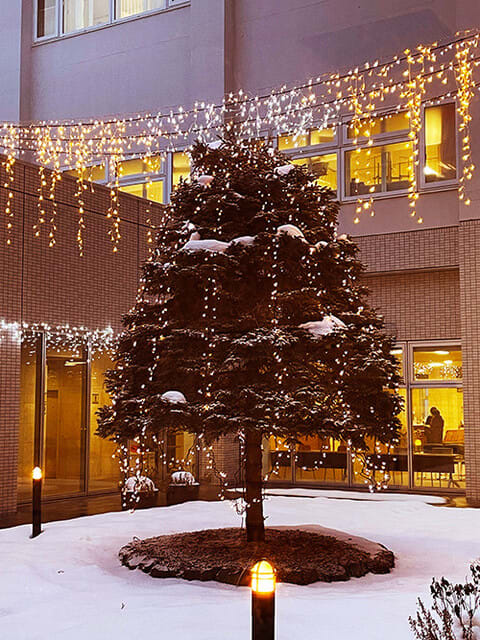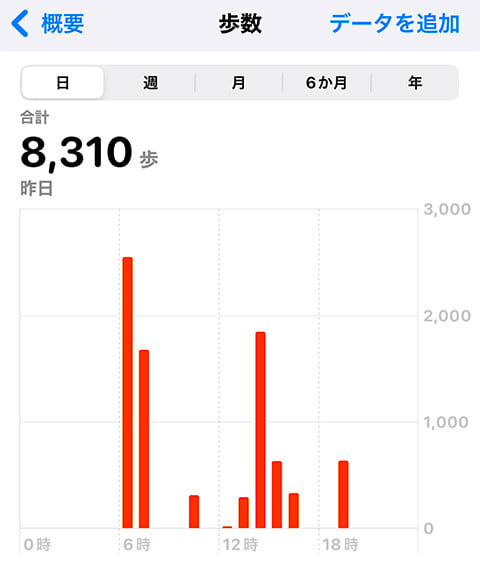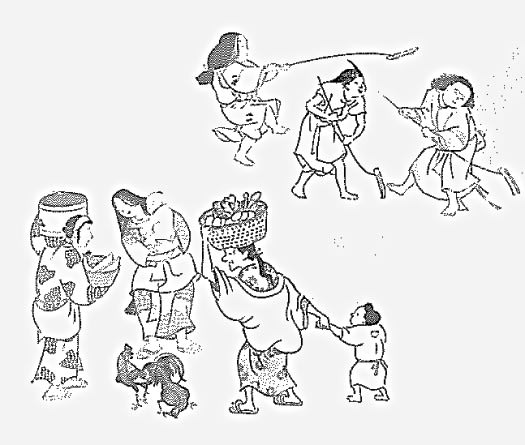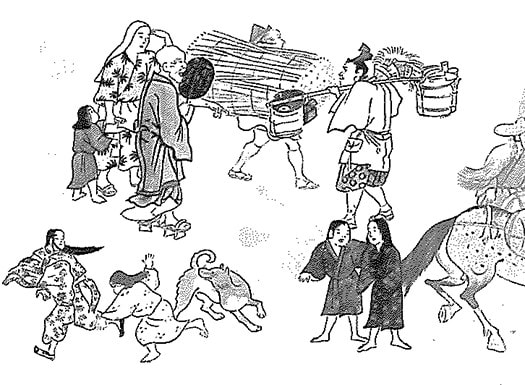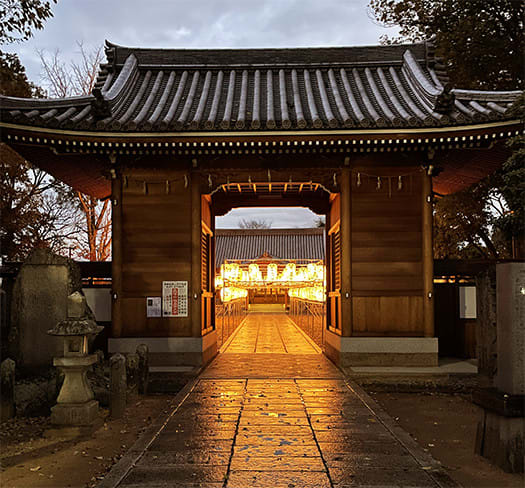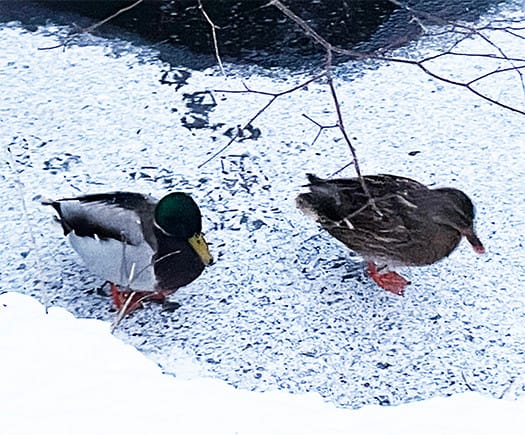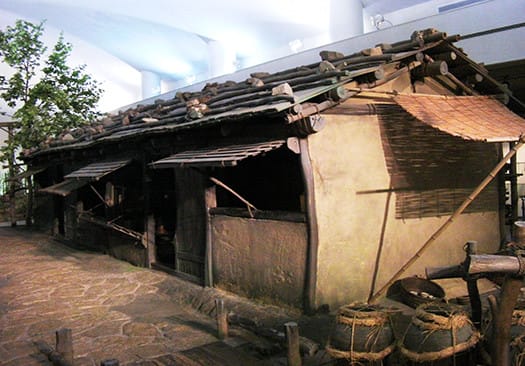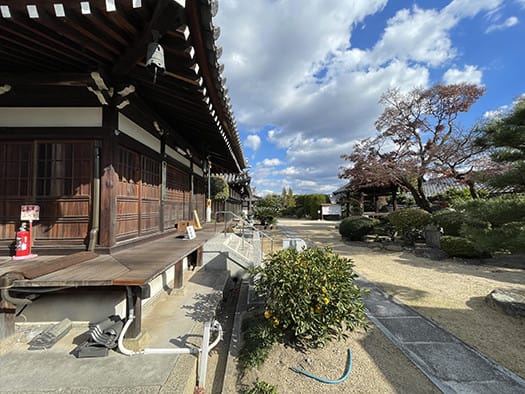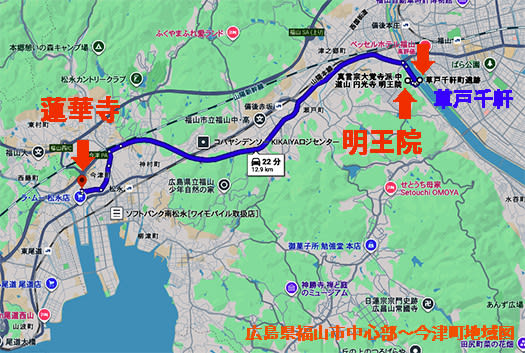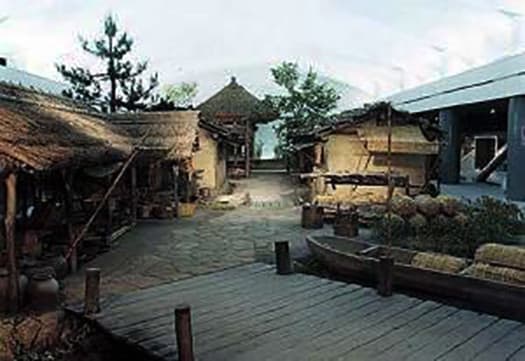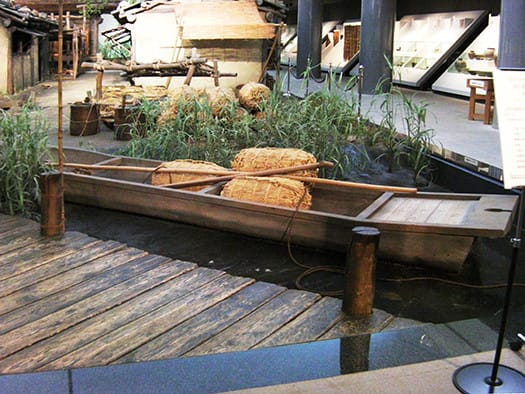
昨日は今回の入院の目的である表記の検査を受診。撮影診断後、ただちに主治医の先生から画像を交えての詳細な説明を、カミさんと娘と3人で受けておりました。結果は良好と言うことで今後は、養生を肝要と心得て健康管理に地道に取り組んでいくことになりました。
一段落と言うことで、平常の活動に則復帰できることに。
国立病院機構の北海道の中核施設なので、こういう設備環境とスタッフの充実ぶりを実感。こういった施設が自宅から300メートル程度にあるということは大変ありがたい。これまでも、家族一同なにか危険に遭遇したときには利用させていただいていますが、今後とも安心と信頼の置ける施設。
しかし造影撮影にあたっては「造影剤」の摂取と血管内への検査機器の進入があるので、やはりカラダ的な負担はけっこうあります。左手手首から機器を進入させるのですが、ときどき体内感覚でそれが知覚されるときもある。そういうのも含めて忍耐し理性的に受容することで、はじめて臓器の現状確認・詳細把握が科学的な可能になるので、患者としてはひたすら冷静沈着を祈念しているのが必須。
施術後、5時間程度は止血処理のために機器進入部を固く締め付けて置く必要があり、その結果、ほぼ1−2日程度、緊張した状態が迫られます。医学の進歩というモノに感謝しつつ、患者としての受け止め方の鍛錬もまた必要だなと実感しますね。
しかし当初予定通り、本日退院することができますので、本当にありがたい。きのうはカミさんひとりで「除雪」頑張っていたとのこと。本日以降はどんとこい降雪、ということで立ち向かって行きたいです(笑)。写真は機器本体の説明写真。施術される人間としては、とにかく「動いてはいけない」という圧迫感は仕方ありませんが、活発に動作するロボット的な機器で、ずっと施術中、よろしく頼みますね一択という存在であります。
English version⬇
Angiographic X-ray successfully completed, with good diagnostic results.
As a patient, I was grateful for the scientific progress, but calmly and calmly suppressed my body movements and was a patient. Thanks to this, he returned home today as planned. ...
Yesterday, I underwent the examination described above, which was the purpose of my hospitalisation this time. Immediately after the diagnostic imaging, Kami, her daughter and I received a detailed explanation from the attending doctor, including images. The results were good, so from now on, we will continue to work steadily on our health management, keeping in mind that it is important to take good care of ourselves.
The results were good, and we will be able to return to our normal activities.
As this is a core facility of the National Hospital Organisation in Hokkaido, I felt that the facilities and staff were well equipped. We are very grateful that such a facility is only 300 metres from our home. We have used this facility in the past when our whole family has encountered some danger, and we will continue to feel safe and trustworthy in the future.
However, contrast imaging involves the ingestion of ‘contrast media’ and the entry of the examination equipment into the blood vessels, so there is still quite a physical burden. The device is inserted through the left wrist, and sometimes it is perceived by the body. Only by being patient and accepting such things rationally, it becomes scientifically possible to confirm the current state of the organs and understand the details, so as a patient, it is essential to pray for calmness and tranquillity.
After the procedure, it is necessary to keep the device entry site tight for about five hours for haemostatic treatment, resulting in a tense state for about 1-2 days. While I am grateful for the advances in medical science, I also realise that I need to train myself to accept the situation as a patient.
However, I am very grateful that I will be discharged from hospital today as originally planned. Yesterday, Kami was doing her best to ‘remove snow’ by herself. I want to face up to the snowfall from today onwards (laughs). The photo is an explanation of the equipment. As a person being treated, I can't help but feel a sense of pressure not to move, but it is a robotic device that works actively, and during the treatment, I can only ask for your kind attention.












